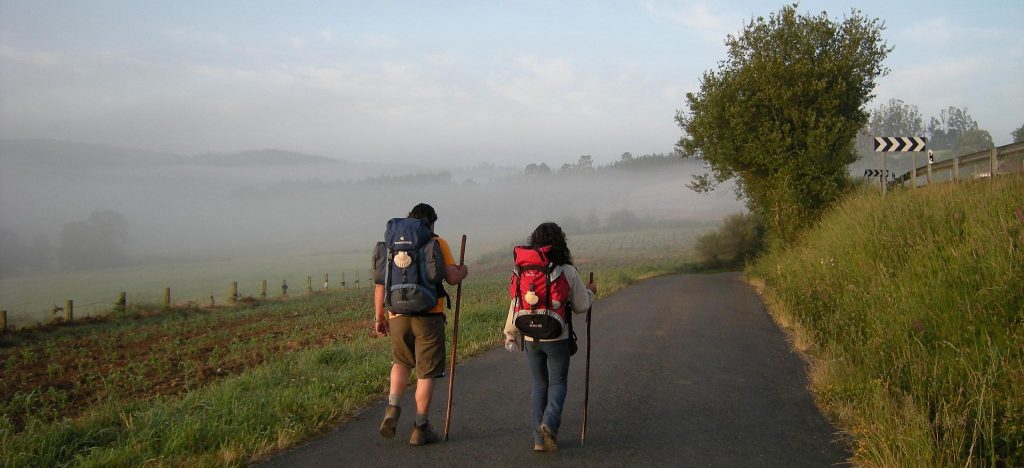
The Principal Caminos de Santiago in Spain: A Pilgrim’s Guide – By Staff Writer
The Camino de Santiago, or the Way of St. James, is one of the most famous pilgrimage routes in the world, leading to the sacred city of Santiago de Compostela in Galicia, where the remains of St. James are believed to be buried. While many people associate the pilgrimage with a single route, there are actually multiple caminos (paths), each offering a unique experience. Here are the principal Caminos de Santiago in Spain:
1. Camino Francés (The French Way)
The Camino Francés is the most well-known and popular route, attracting thousands of pilgrims every year. It starts in Saint-Jean-Pied-de-Port on the French side of the Pyrenees and stretches 780 km across northern Spain to Santiago de Compostela.
Key Highlights:
- Passes through major cities like Pamplona, Burgos, and León
- Features diverse landscapes, from mountainous terrain to vast plains
- Offers a rich historical and cultural experience with medieval towns, cathedrals, and historic sites
2. Camino del Norte (The Northern Way)
The Camino del Norte follows the northern coast of Spain, starting in Irún near the French border and covering around 825 km. It is known for its breathtaking coastal views and rugged terrain.
Key Highlights:
- Passes through cities like San Sebastián, Bilbao, and Santander
- Features stunning cliffs, beaches, and green countryside
- Offers a quieter and more challenging alternative to the Camino Francés
3. Camino Primitivo (The Original Way)
The Camino Primitivo is considered the oldest route, established by King Alfonso II in the 9th century. It begins in Oviedo and stretches 320 km through the mountains of Asturias and Galicia.
Key Highlights:
- Follows the original pilgrimage path taken by early medieval pilgrims
- Offers a physically demanding but scenic experience through lush forests and hills
- Less crowded than the Camino Francés, making it ideal for solitude seekers
4. Camino Portugués (The Portuguese Way)
Starting in Lisbon (610 km) or Porto (240 km), the Camino Portugués is the second most popular route. It follows a relatively flat path through Portugal before entering Spain at Tui.
Key Highlights:
- Passes through historic cities like Porto, Coimbra, and Pontevedra
- Features a well-marked and well-supported trail
- Offers an alternative Coastal Route with stunning Atlantic views
5. Camino Inglés (The English Way)
The Camino Inglés was historically used by pilgrims from England, Ireland, and northern Europe who arrived by sea. It starts in either Ferrol (118 km) or A Coruña (74 km).
Key Highlights:
- The shortest of the major routes, perfect for those with limited time
- Offers a combination of coastal and inland landscapes
- Less crowded and provides a more intimate pilgrimage experience
6. Vía de la Plata (The Silver Route)
The Vía de la Plata is the longest Camino route, starting in Seville and covering 1,000 km through western Spain. Originally a Roman trade route, it offers a deep historical experience.
Key Highlights:
- Passes through cities like Mérida, Salamanca, and Zamora
- Features Roman ruins, medieval bridges, and stunning landscapes
- Less frequented, making it a peaceful but demanding trek
Which Camino Should You Choose?
- For first-timers → Camino Francés or Camino Portugués
- For nature lovers → Camino del Norte or Camino Primitivo
- For history enthusiasts → Vía de la Plata or Camino Inglés
- For a shorter journey → Camino Inglés or the Porto route of Camino Portugués
Each Camino de Santiago offers its own unique beauty, challenges, and rewards. Whether seeking spiritual reflection, cultural immersion, or simply an unforgettable adventure, the journey to Santiago de Compostela is a life-changing experience.
¡Buen Camino!
![]()